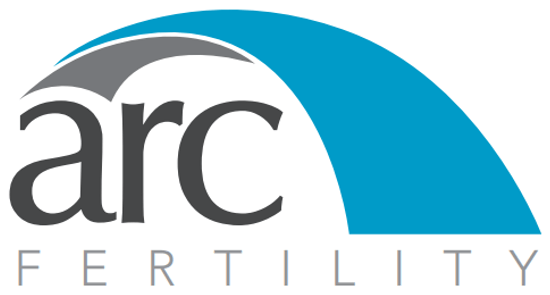Inflation and the Rising Cost of Fertility
The rising costs of fertility treatments and the impact of inflation on healthcare prices are causing significant financial burdens for individuals and couples looking to start a family. With the Consumer Price Index (CPI) reaching a four-decade high in June 2022, businesses are attracting and retaining top employees with incentives like health benefits that help with family building.
The Cost of IVF
One of the main causes of financial strain in building a family is infertility, which can lead to significant costs associated with treatments such as in vitro fertilization (IVF). The base fee for a single cycle of IVF in 2023 is at least $12,000 to $14,000, which includes monitoring appointments, bloodwork, egg retrieval, and follow-up care. The final bill can easily reach $20,000 to $30,000 with additional required fees, fertility drugs and optional add-ons.
The Effects of Inflation
The increasing price points of fertility treatments will affect marginalized communities who may face additional barriers to accessing healthcare, such as lack of insurance or discrimination in healthcare settings. These communities may also experience disparities in access to fertility treatments and support, which can further exacerbate the financial burden of infertility.
Individuals who do not have access to fertility benefits through their employer must pay for treatments out of pocket, which makes it unaffordable. With all the procedure bills, it is incredibly hard for those struggling to make ends meet, such as low-income families.
The Society for Human Resource Management (SHRM) quoted an expert who said healthcare costs might lag behind consumer price increases but tend to last longer. Employees seeking fertility assistance will have no choice but to look for new job opportunities if their current employer does not offer fertility benefits.
How Employers Can Help
To attract and retain top employees in a highly competitive labor market, employers are increasingly offering benefits packages that assist with family building. These packages can reduce monetary stress on employees by providing packaged fertility treatments, lessening the cost of medications, and offering personalized support and education.
Family-Friendly Benefits
In addition to helping employees bear the cost of fertility treatments, employers can provide support in other areas. Offering flexible work schedules, paid parental leave, and on-site childcare makes it easier for employees to balance work and family responsibilities. These benefits significantly impact employees’ work-life balance and help build a more loyal and engaged workforce.
Infertility and Mental Health
The emotional toll of infertility is significant, and employees may seek psychological assistance to cope with the stress and anxiety that come with the process. Employers can also help employees dealing with infertility by providing access to mental health resources and support groups. According to the National Library of Medicine, in a report on the relationship between stress and infertility, patients with infertility described feelings of depression, anxiety, isolation, and loss of control.
With inflation affecting all industries, starting or growing a family is now a massive mental and monetary obstacle for many individuals and couples. One in eight women of reproductive age has received help for infertility in their lifetime. Employers who alleviate the hurdles around infertility will build and keep talented, reliable, and devoted teams.
Related Articles:
How Fertility Benefits Drive Recruiting and Retention
Company Benefits Covering Fertility and Surrogacy Costs
Fertility Benefits are Increasingly Affordable for Organizations


